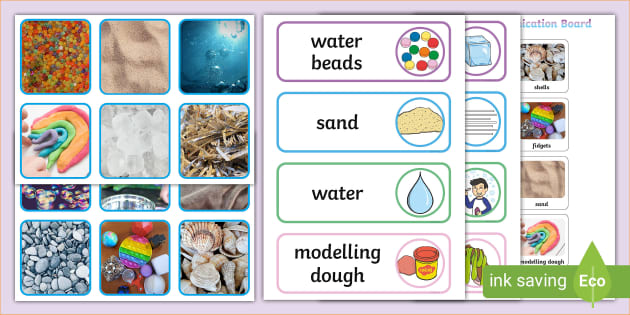Learn More About Learning Styles
 Would you like to know more about how your adult students learn and interact with the learning environment, whether they are on-ground or online? A theory that addresses how adults learn is collectively called learning styles. Every adult has a unique approach or preferred method of learning, which can include one particular learning style or a combination of more than one. Learning styles, or descriptions of the way that adults learn, provide an explanation of how they interact with their classroom environment and process information. This offers another perspective of the process of learning, which will help you gain a better understanding of your students and is likely to increase your effectiveness as an instructor and in the process, teaching will become more effective. When instructors gain insight into the different ways that adult students interact with their environment they can adapt their instructional strategies to engage students in the process of learning through a variety of techniques and activities.
Would you like to know more about how your adult students learn and interact with the learning environment, whether they are on-ground or online? A theory that addresses how adults learn is collectively called learning styles. Every adult has a unique approach or preferred method of learning, which can include one particular learning style or a combination of more than one. Learning styles, or descriptions of the way that adults learn, provide an explanation of how they interact with their classroom environment and process information. This offers another perspective of the process of learning, which will help you gain a better understanding of your students and is likely to increase your effectiveness as an instructor and in the process, teaching will become more effective. When instructors gain insight into the different ways that adult students interact with their environment they can adapt their instructional strategies to engage students in the process of learning through a variety of techniques and activities.
There are four primary measures of adult learning styles that have been developed and they remind instructors that a one-size-fits-all approach to teaching is not effective. It is possible that adult students will not only have a primary or distinct approach to learning, they may have a combination of one or more. These assessments help students and instructors identify elements related to the process of adult learning, which students may not be able to presently identify or understand. The Myers Briggs Type Indicator utilizes a set of questions that focus on perceptions and the results produce one of 16 possible personality types. This measurement can relate an adult student’s personality characteristics to the process of learning from a perceptual perspective.
Another similar measurement is called VARK. It is based upon the senses and is comprised of Visual (seeing), Aural (hearing), Read/Write, and Kinesthetic (bodily/physical). The Multiple Intelligences inventory developed by Dr. Howard Gardner lists eight types of learning styles and includes verbal, musical, logical, interpersonal, visual, intrapersonal, bodily, and naturalistic. The fourth common theory is the Kolb Learning Style Inventory, which is based upon a circular process of learning that considers the adult student’s experiences, reflections, thoughts, and consequent actions. Kolb’s theory developed four learning styles that are based upon various combinations of these components of the learning cycle: feeling, thinking, watching, and doing.
Knowledge of adult learning styles provides the most benefit for classroom instructors. When a course is developed by a curriculum designer their primary focus is typically on the creation of learning outcomes for the purpose of meeting accreditation guidelines and standards. Activities are designed as a means of helping students meet the expected course outcomes. This means that the curriculum designer may not include activities that address every learning style. What often meets the needs of each learning style is the approach that an instructor takes with their lectures or presentations and the strategies they implement for facilitation of the class. As an example, by knowing that adult students interact with information and process it in a variety of ways, an instructor can add interactive elements to their class presentations and lectures. In addition, instructors can identify their own personal learning style and recognize how it can impact the way that their adult students learn.
The process of learning often requires an adaptive approach by instructors and students. For example, students that are primarily visual learners will likely enjoy reading the course materials. For auditory learners, instructors may add videos or audio clips to enhance the process of learning. For students that prefer a hands-on approach to learning it may be beneficial to offer additional options that allow those students’ needs to be met. The purpose of adding interactive, supplemental resources and activities, while modifying teaching and instructional techniques, is to make the process of learning more accessible to students of all learning styles and abilities. By offering options, such as visual, auditory, and hands-on features, it becomes possible for an instructor to stimulate students’ interests and increase their cognitive abilities, while leading to their overall intellectual development.


